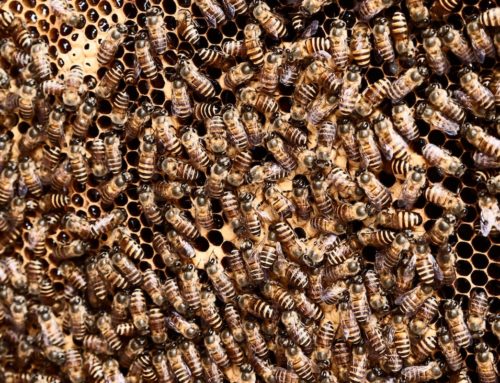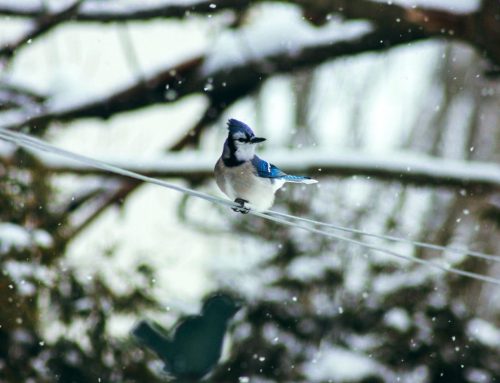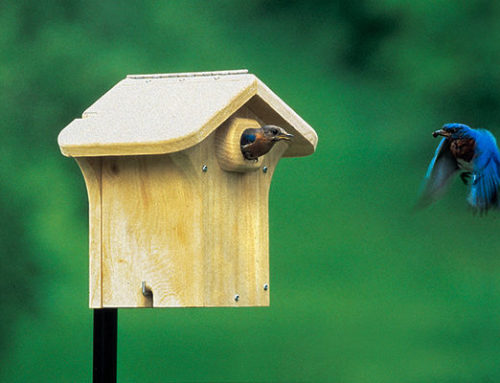For many people, one of the great attractions to Colorado is our abundance and wide array of beautiful wildlife. Some of us with homes in the foothills have the added advantage of being able to watch that wildlife from the comfort of our backyard decks. And this time of year is a great time to get out the binoculars for a glimpse at the magnificent wild mule deer.
What is a mule deer?
There are two main species of deer in our region—the whitetail and the mule deer. Both animals weigh between 130 and 280 pounds, support large antlers or “racks,” and are seen in abundance throughout the year. The whitetail tends to be found more on the eastern plains of our state, while the mule deer or “muley” is scattered throughout Colorado and the entire west.
The big visual differences between the two species are in the tails and the ears. Hunters are encouraged to identify the deer by their tails. The mule deer has a rope-like white tail with a black tip and large ears that give the deer its “muley” reputation.
Why are they important?
Long called the icons of the west, the mule deer is a great source of affection and sport. Tourists love to watch the gentle creatures as they bound as much as fifteen feet at a time through the wild and hunters enjoy their sport and appreciate the meat these animals provide.
More importantly, though, the mule deer is considered an “indicator species,” in that herd health is an indication of land health. Recently studies have shown a decline in mule deer numbers by as much as 36% from 2005 to present day. This has caused great concern throughout the wildlife management community.
Some of the factors contributing to the recent decline include:
- Harsh weather conditions—Colorado recently came out of a multiple-year summer drought and we have had some harsh winters to give a one-two punch against the deer’s survival.
- Human encroachment on traditional deer lands
- Hunting by mountain lions and coyotes
- Energy development that disrupts habitat and migration
- Chronic wasting disease
- Car-deer accidents
While facing no where near the threat to existence that polar bears have, mule deer are still declining, and as good stewards of the environment, wildlife management from Colorado Parks and Wildlife (CPW) encourages people to drive carefully with an eye toward protecting this great deer population.
Some other actions CPW has taken recently include:
- Reduced numbers of hunting licenses for this species
- Summits for developing strategies in increasing populations
- More accurate surveillance of populations by helicopter
How can you help?
- As always, if you see a wild animal let it be. Don’t try to befriend or tame a deer who may have wandered near your property. Instead, contact the CPW.
- Stay informed. The CPW has multiple documents that can give you an overview of the mule deer situation, and the Denver Post did a comprehensive report on the decline of the deer.
- Drive safely. Thousands of accidents each year destroy these beautiful animals, yet being aware of deer crossing signs, and driving carefully in these areas could avoid many of these accidents.
We at DeckTec hope you enjoy many happy years of wildlife viewing, whether in your vehicle driving in the mountains and our magnificent state parks, or out your back door. Let’s work together to keep Colorado a wildlife leader in our country.
(Photo by woodleywonderworks)





Leave A Comment